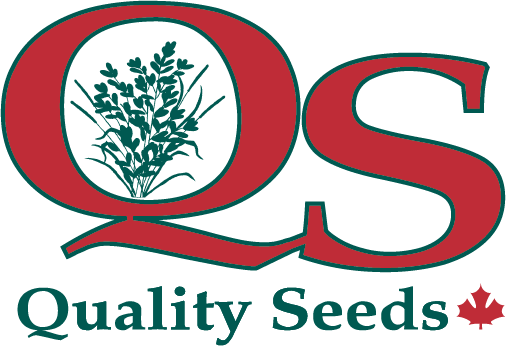Serious About Sod – Fall 2022

1. Increasing the Efficiency of Phosphorus
2. Increasing Root Mass on Newly Established Sod
3. Poa Control in New Nursery Sod Plantings
4. Fall Check List
1. Increasing the Efficiency of Phosphorus
With the increased cost of fertilizer, it is important to use fertilizer as efficiently as possible. Phosphorus is a very important nutrient in vegetative and root growth, energy transfer, nutrient uptake, and carbohydrate production in plants. Phosphorus availability to the plant is determined by the following factors:
a) Soil pH
The ideal pH is 6.5-7.5.
b) Soil Calcium and Aluminum Levels
High base saturation of calcium and high soil levels of aluminum can reduce the uptake of phosphorus by tying up this nutrient in an unavailable form. Some soil tests include a saturation percent phosphorus level in the soil which is determined by the calcium and aluminum levels in the soil.
In high calcium soils, increased phosphorus availability is usually best achieved by raising the phosphorus level in the soil. In high aluminum soils, increased phosphorus availability is best achieved by applying gypsum to the soil. In nursery sod production, this can be done by applying powdered gypsum prior to seeding. Gypsum helps to drive the aluminum down in the soil profile.
c) Manganese Plant Tissue Levels
The Nutriag Nutri-Analytics System has shown for many crops that increased manganese in plant tissue promotes more efficient use of phosphorus, as well as nitrogen and potassium. This means that maximizing plant productivity can be enhanced with adequate manganese in the plant. Increasing plant manganese levels is best done with foliar-applied manganese. In sod production, many producers are applying Terra Drive to promote rooting. This product contains high levels of manganese, as well as other micronutrients.
Soil testing is very important in determining soil pH, calcium, phosphorus, and aluminum levels. This information will help to apply the right amount of phosphorus and to make other soil amendments, where necessary, to ensure the efficient use of phosphorus.
2. Increasing Root Mass on Newly Established Sod
Increasing root mass on newly established sod is important, especially going into the fall. Larger root mass will do the following:
· Increase the speed at which the newly seeded sod begins to fill in.
· Reduce frost upheaval of the sod, and reduce winter injury.
· Promote a quicker plant growth response earlier in the spring.
Increasing root mass can be done by applying either 0.67 L/acre of TruPhos Platinum, or 1 L/acre of Terra Drive.
When using 2,4-D, Trikill, or 3-way phenoxy herbicide, Terra Drive can be mixed with these products. Do NOT use these products with TruPhos Platinum due to compatibility problems.
3. Poa Control in New Nursery Sod Plantings
Callisto is registered for the control of broadleaf weeds at a rate of 0.3 L/ha pre-emergent to the weeds, or 0.21 L/ha post-emergent to the weeds. Some sod growers have applied Callisto right after seeding with good success in controlling broadleaf weeds, as well as suppressing or controlling newly-emerged poa. Callisto can also be applied post-emergence to newly germinated turf after it has been mowed two times, or 4 weeks after emergence.
4. Fall Check List
a) Apply a late fall application of nitrogen to increase the winter-hardiness of Kentucky Bluegrass. Other nutrients associated with increased winter-hardiness are potassium, zinc, magnesium, and boron. These nutrients will also increase the tolerance of turf grass to disease.
b) For sod fields that are to be harvested first thing next spring, a late application of nitrogen containing some slow-release nitrogen in the formula will be beneficial, resulting in a quicker ,earlier green-up of the turf.
If you need any further information or assistance, please contact me at 705-791-9321.
Joe Uyenaka, BSc Ag, CCA-ON
Senior Crop Agronomist at Nutriag
